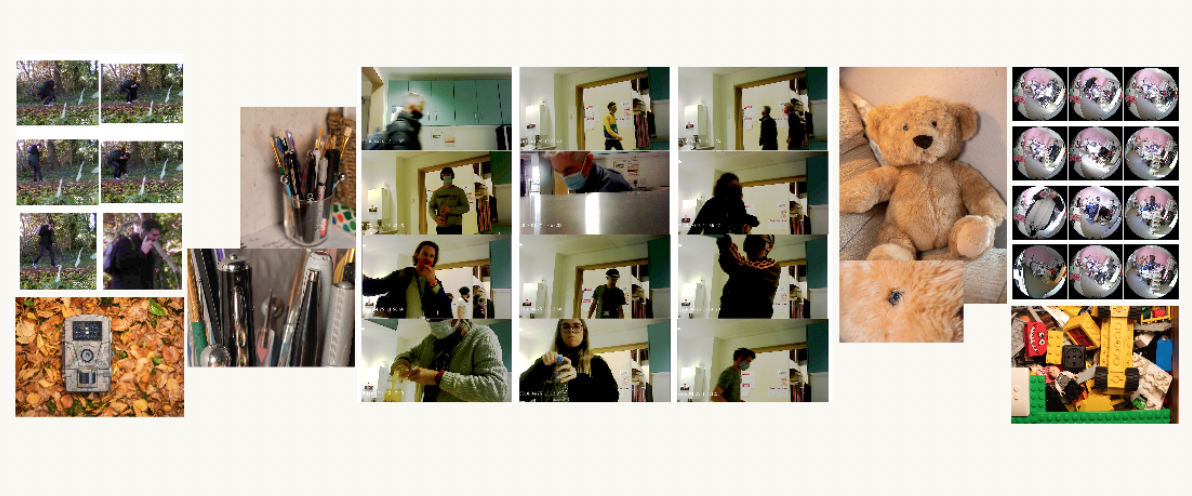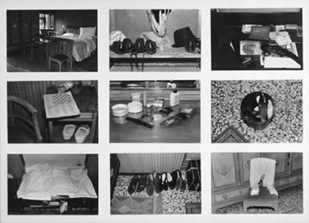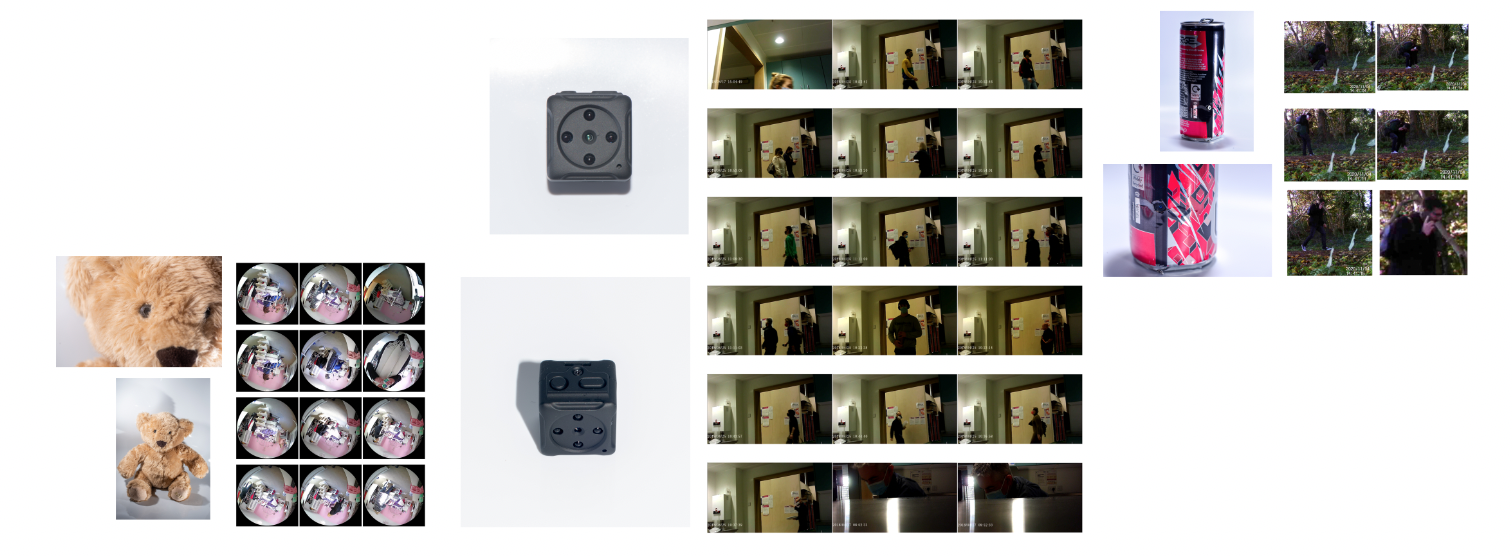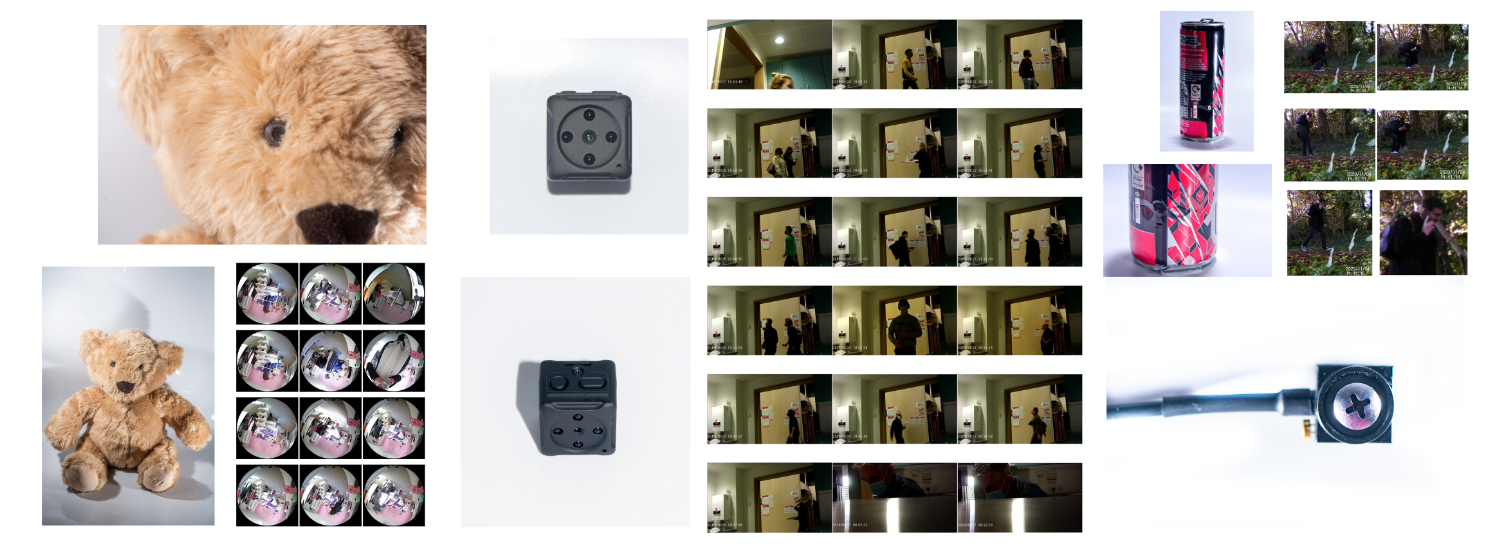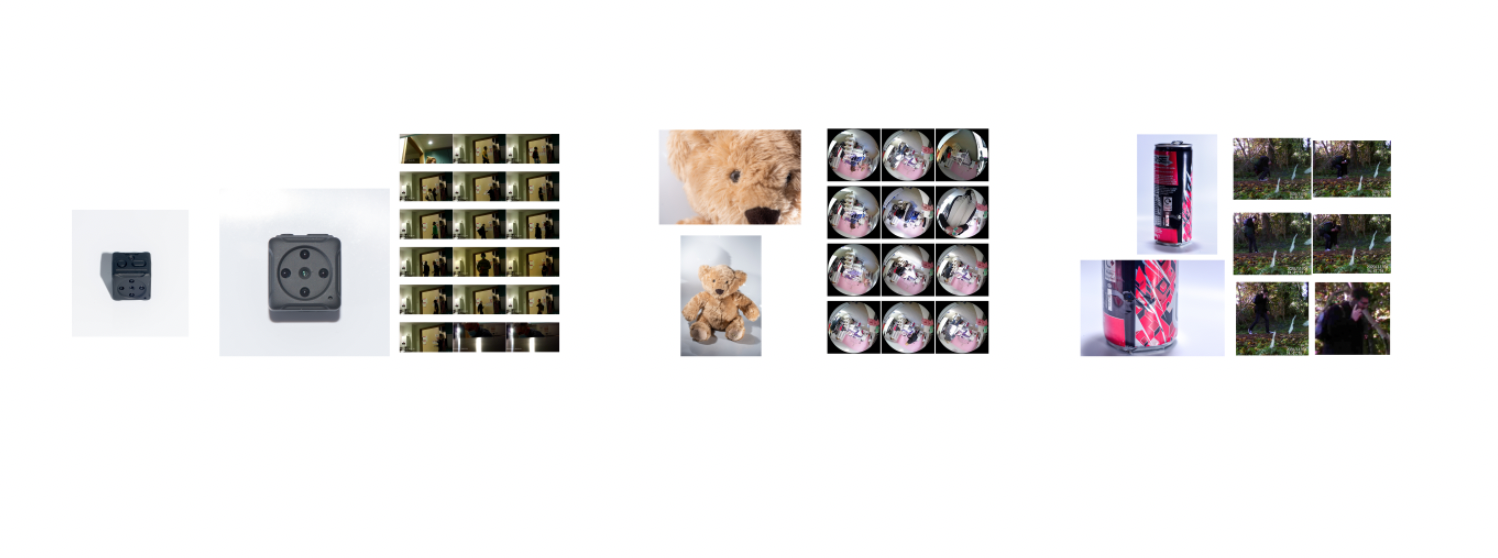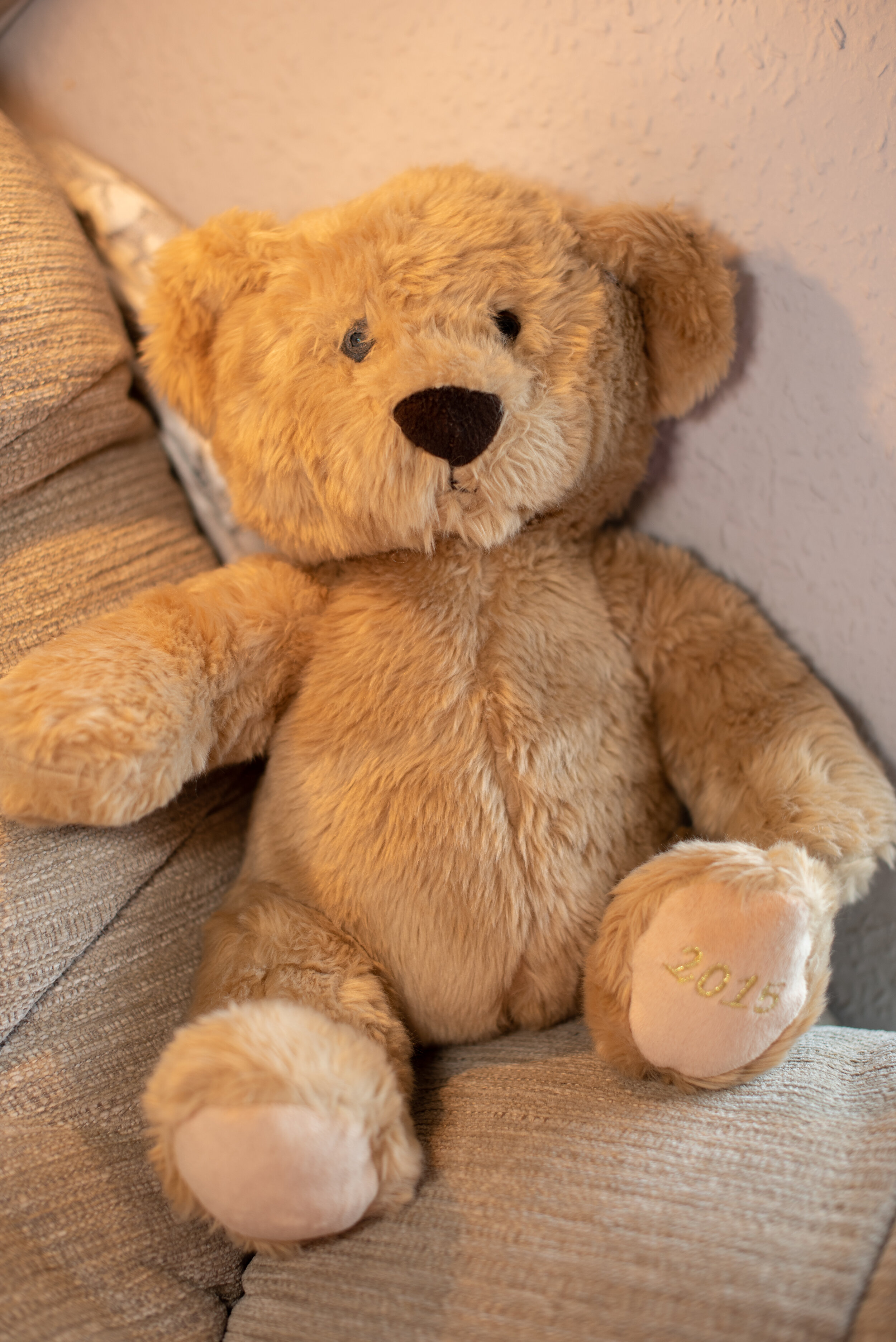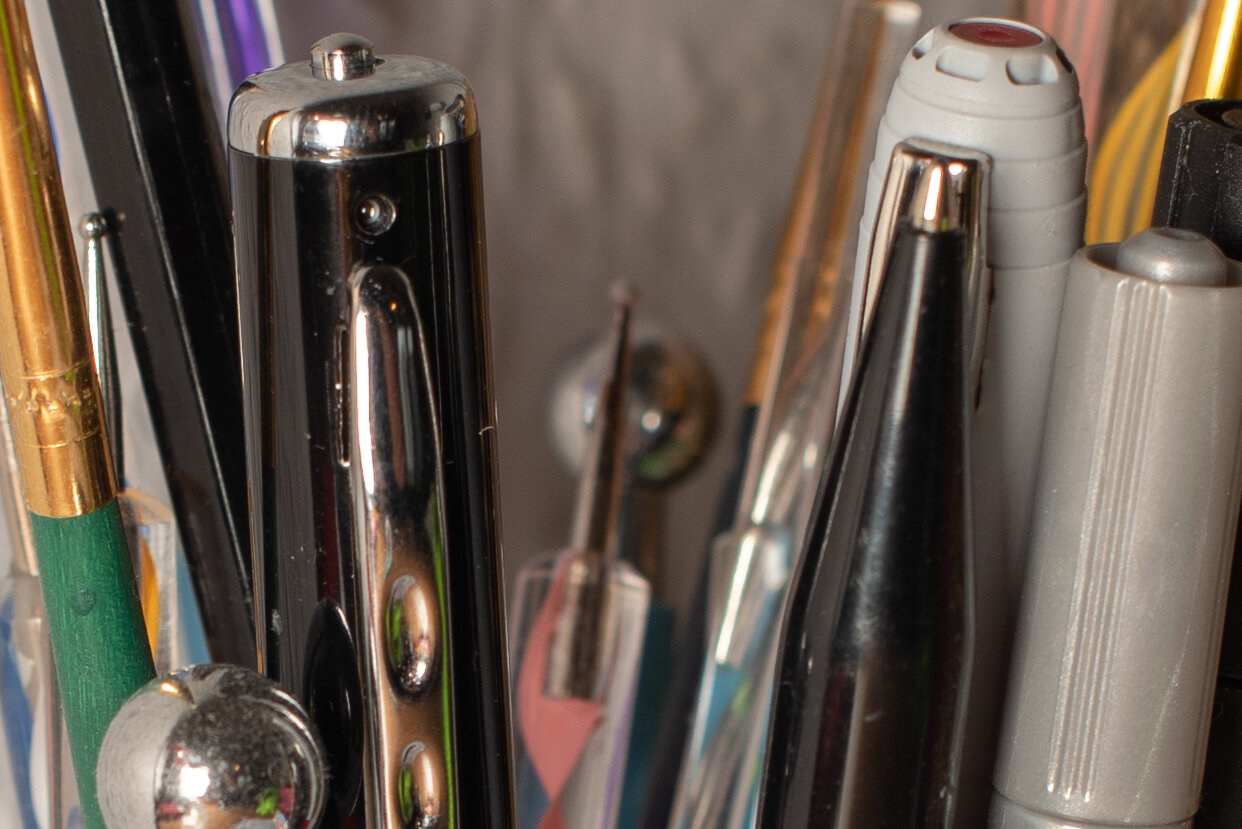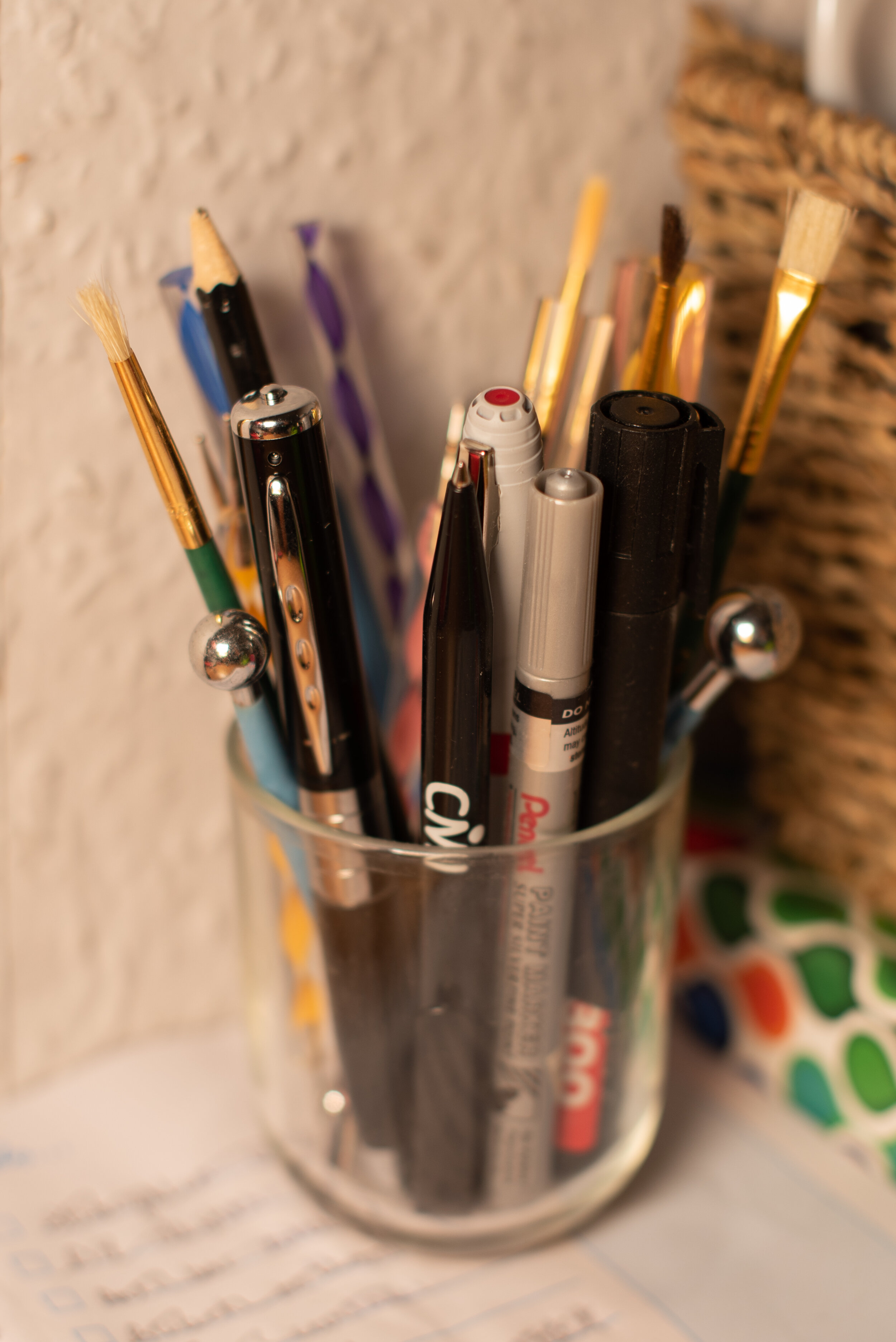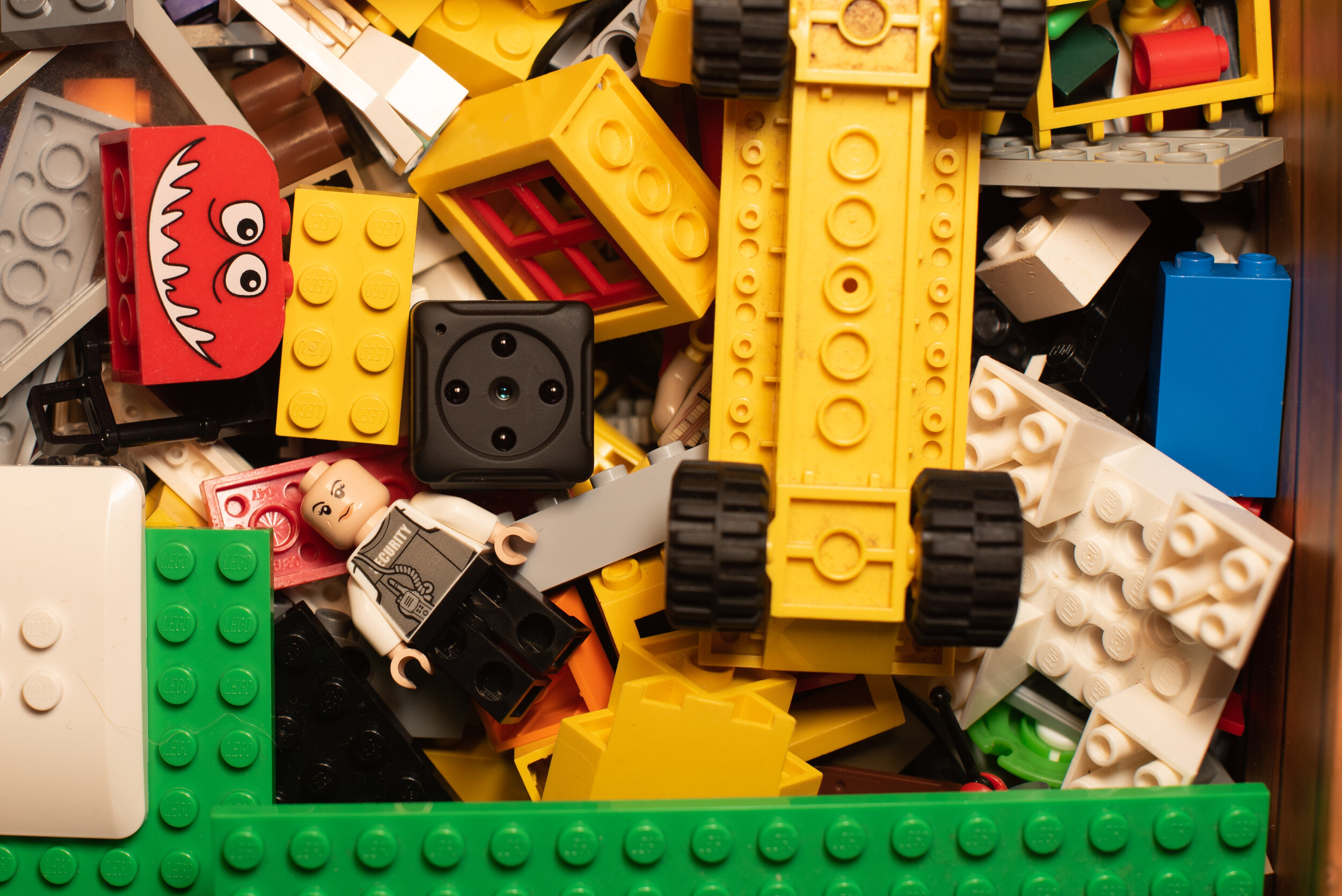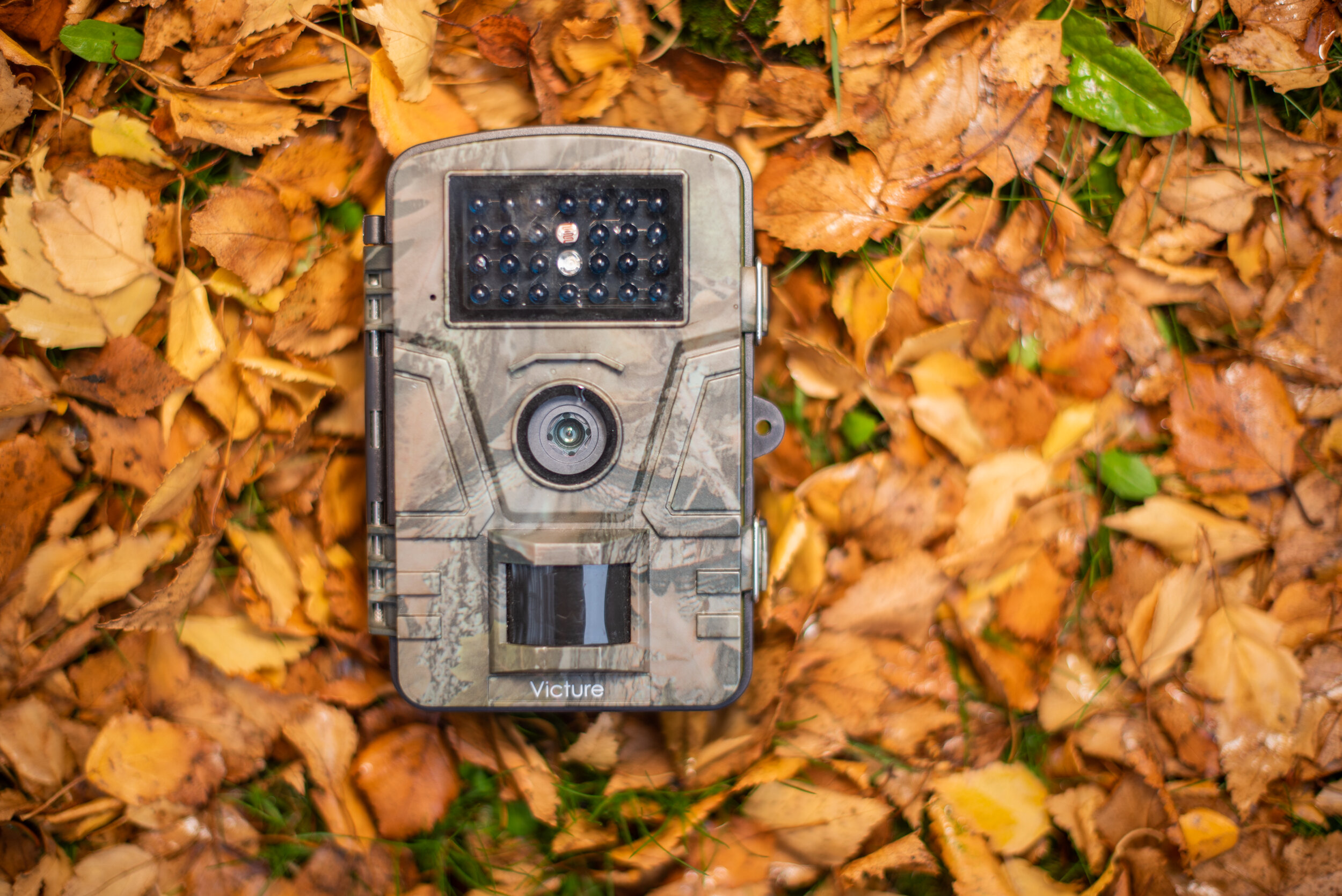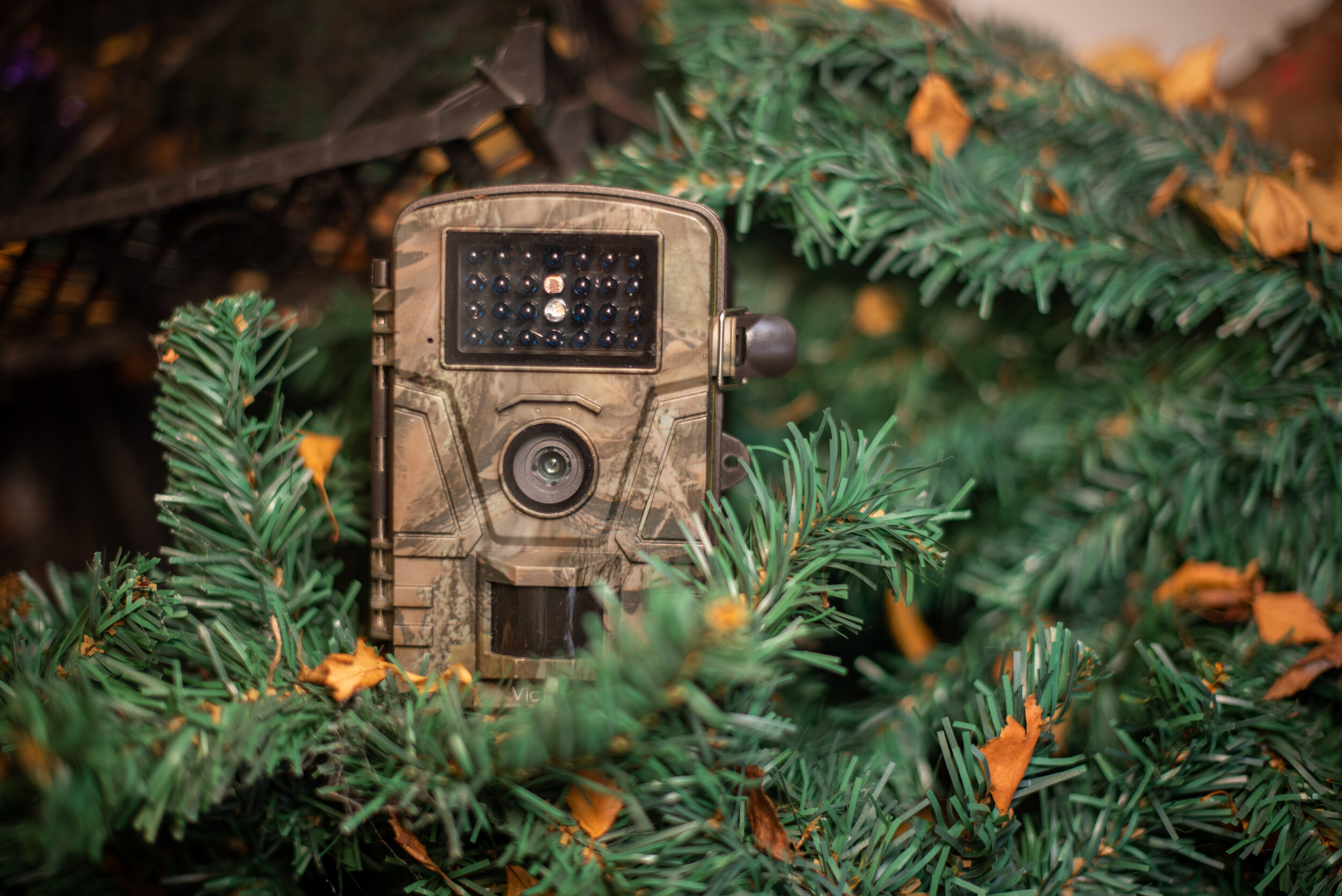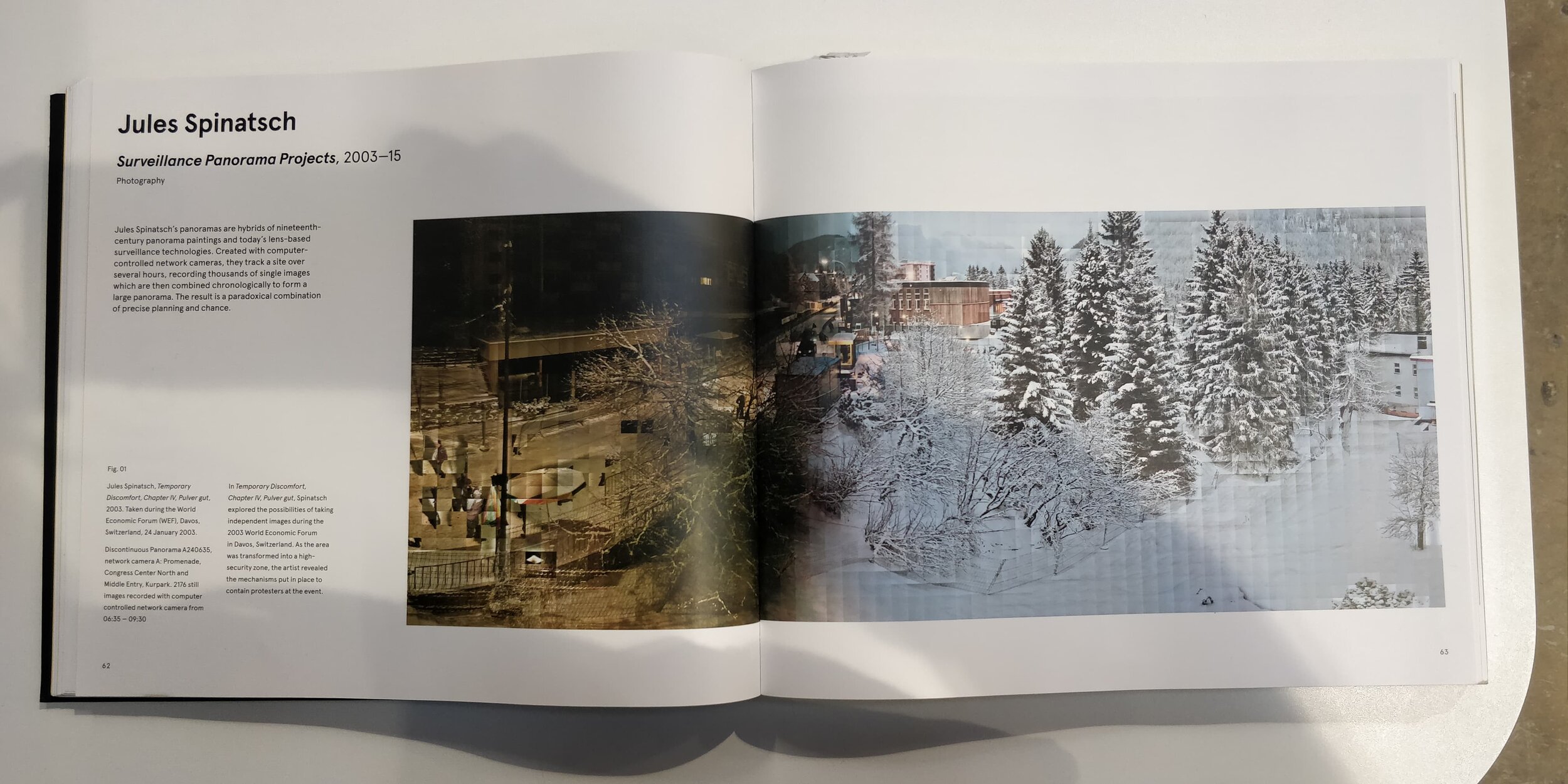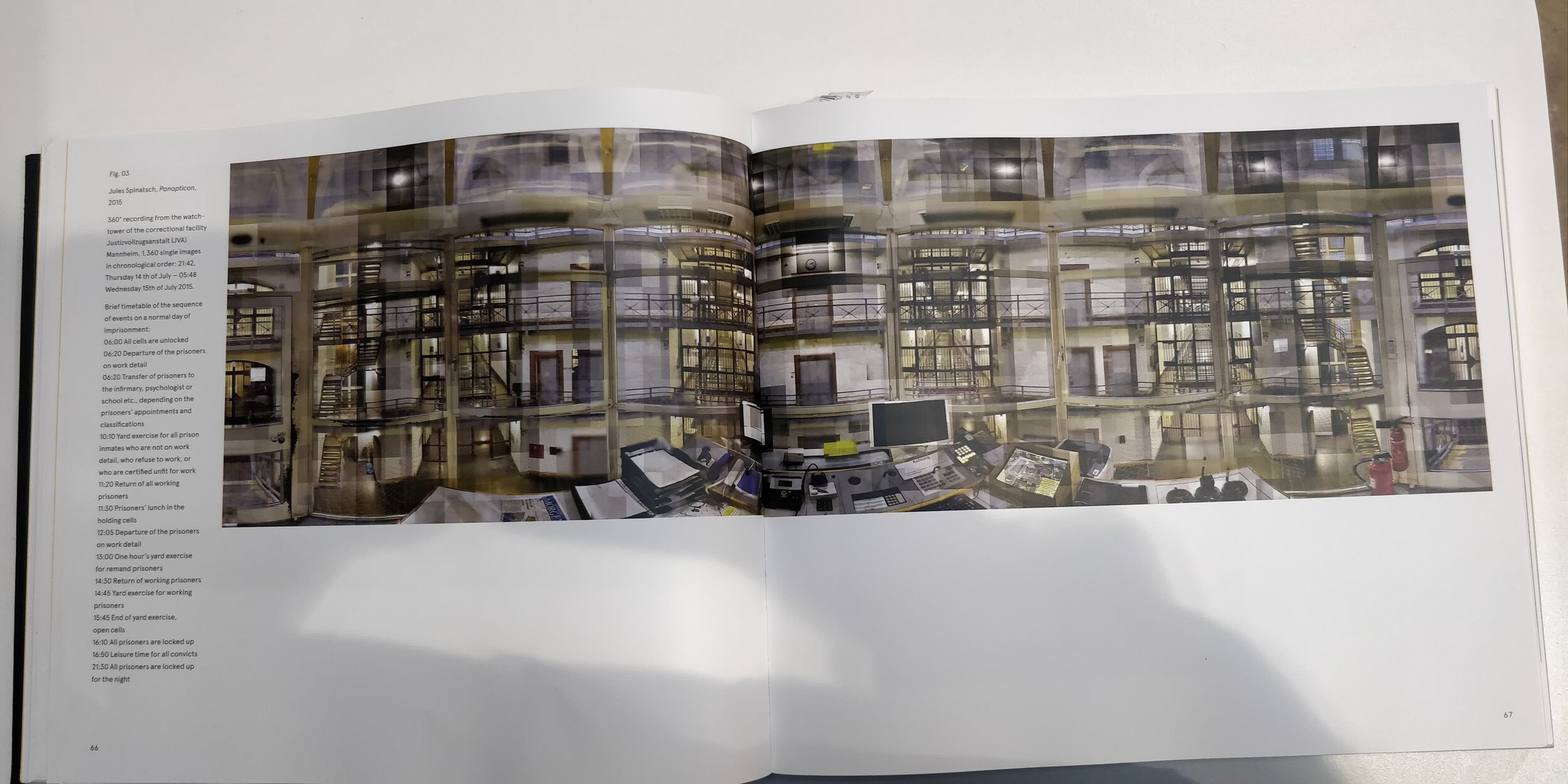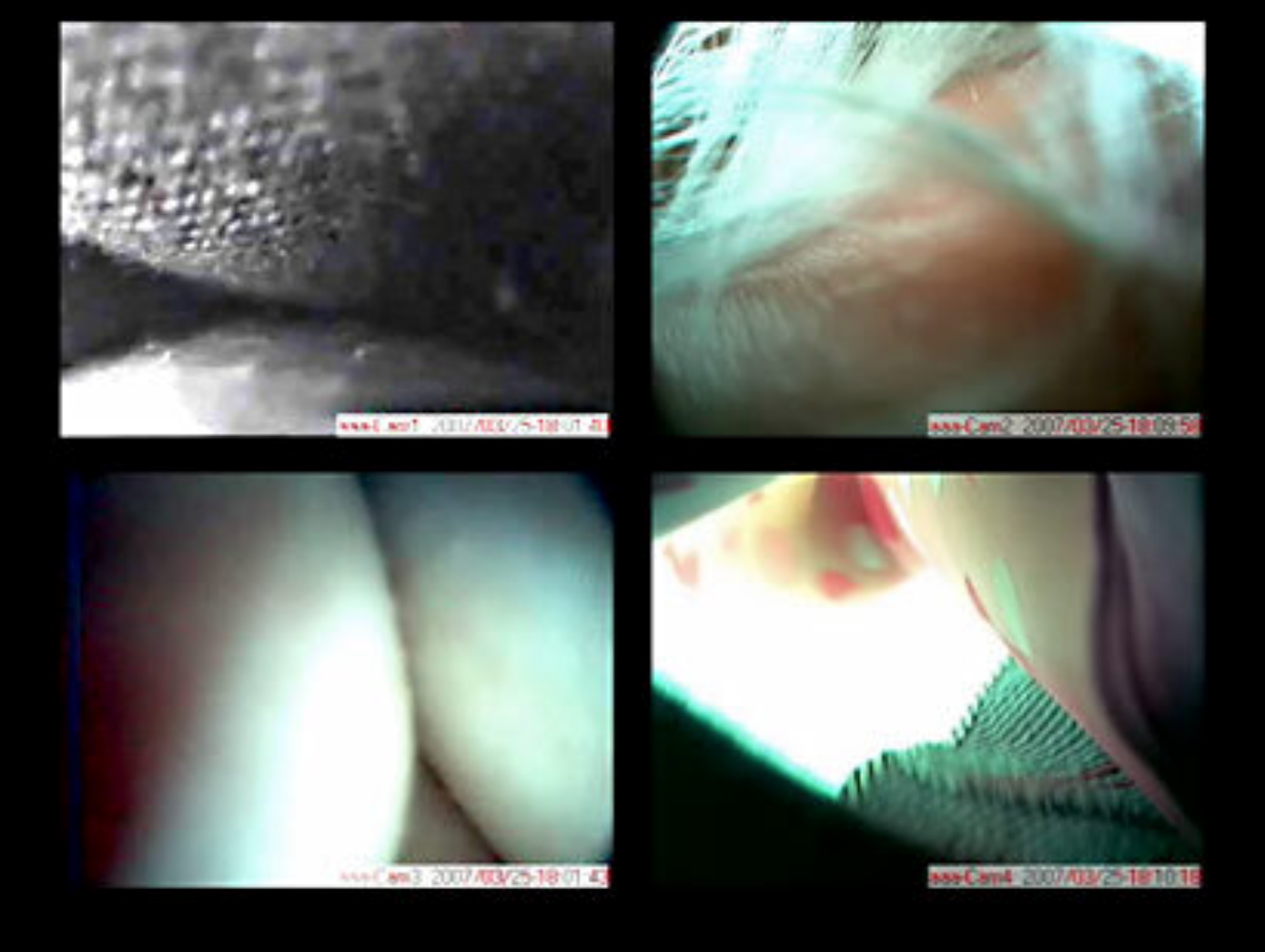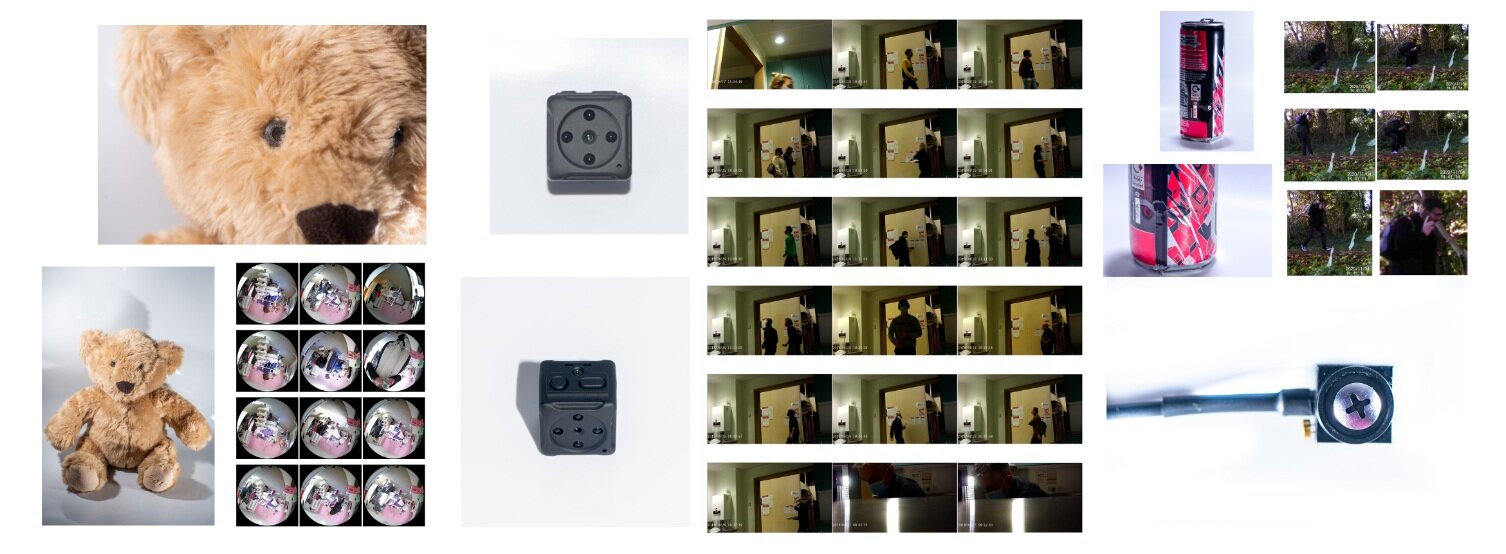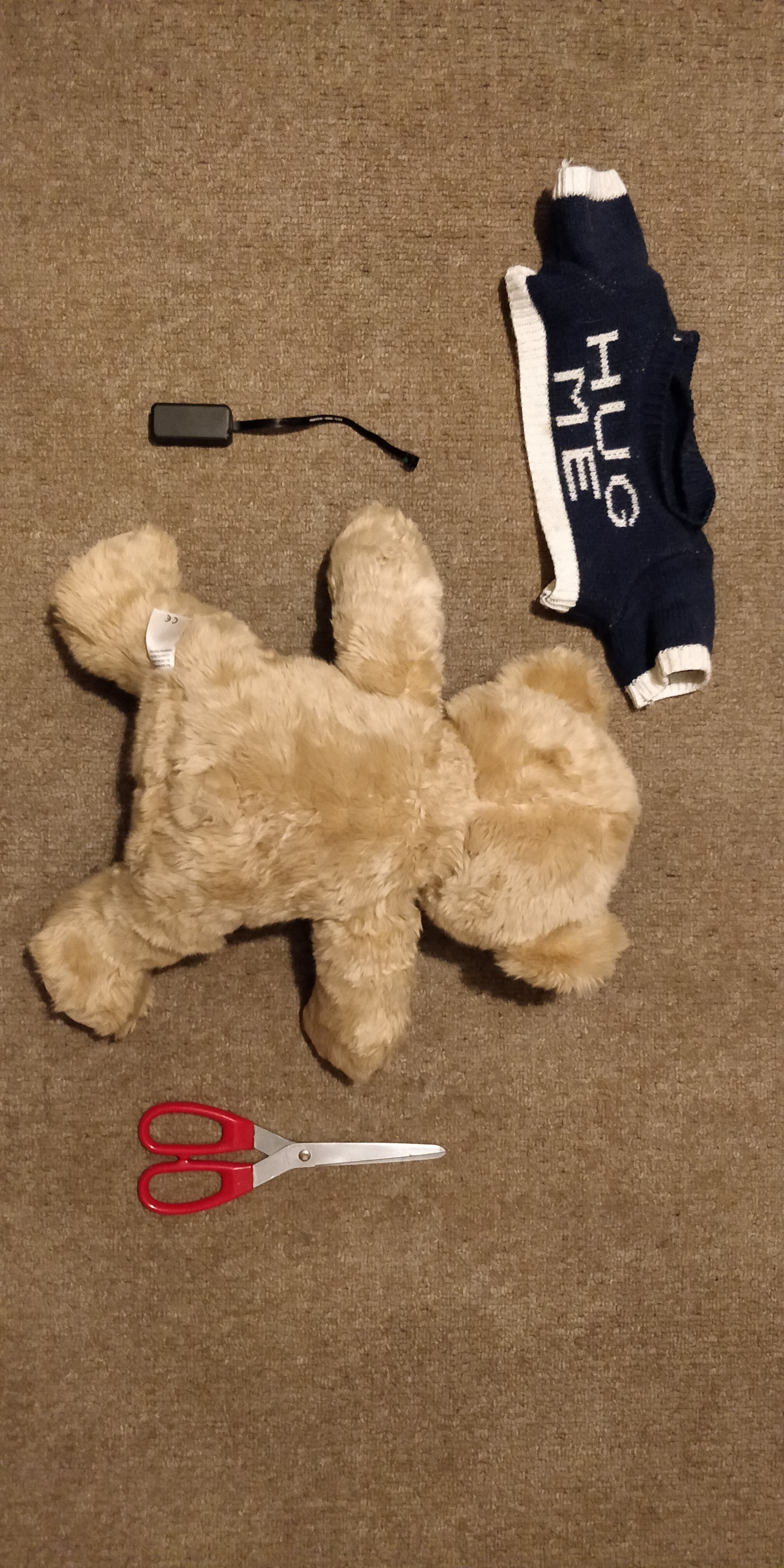This project has been nothing but experimentation for me; I have never used photography to determine and understand my own feelings and to validate them, I managed to use the practice to help myself and others understand why some people may feel this way, which was the aim of my project!
I have learnt things from completing this project that I never thought I would understand; the main thing is that all of the horrible stuff that went on in my childhood can be turned around and I can move on from it all. This project has only been a small aspect of how far my anxieties and insecurities go, but I know now that I have to take things to step by step to be able to depict and understand things a lot more. The one thing I have learnt the most from the project though is that my feelings are real and I shouldn’t have any shame in speaking about them out loud!
When I first started, I was so lost in how I was going to turn the idea of ‘Surveillance’ and ‘The feeling of being watched’ into photos, however, I discovered that I wanted to learn just how easy it is to spy on people, especially children as they are vulnerable and do not necessarily have a clue what is going on. After our 2nd tutorial and having a great chat with my coursemates and tutor, I realised just how much fun this project could be, so straight after the call ended I went onto Amazon and bought some secret cameras which could be hidden around the house. At first, I did some research into what sort of weird things people have hidden cameras in, and even though it was creepy, I wasn’t disappointed! I was so shocked; people hid them in tissue boxes, water bottles, lightbulbs, screws, all sorts of weird shit!
When I first started taking photos, I went out with my cameras to try and get some hidden shots of people. I first hid a camera in my coat pocket and pulled the camera through the buttonhole so that it was well hidden but was able to see out at people properly. Unfortunately, when I got home all excited to see what I have got, the camera turned itself off!! I was distraught, but this is what gave me the idea of making the teddy bear camera! Although, I knew I would have to get a camera that doesn’t turn itself off if I am going to be sewing it into a stuffed bear. Thank goodness for Amazons extended returns!
I was very proud of myself, going out into a park and sticking a 1 pound coin to the floor as I am normally very anxious about what people think of me, although I did and I did get a lot of dirty looks, I still did it! I used a hidden wildlife camera for this scene which captured the images really nicely. After getting these images, I used the teddy bear to capture some images in my sister’s room. Then I stuck my little square camera in the Photography Kitchen Area of Locksbrook to capture images of people, and no one even noticed it was there! So I was able to get lots of images of people off guard.
I created a mini studio with a white backdrop to get some image of the hidden cameras, however, due to low light and a lack of studio equipment, there was a lot of shadows which were very off-putting and unaesthetic, so after the crit I decided with the help of the people around me, to photograph the cameras in different places which match up with where the photos were taken, but then I also decided to photograph them in different locations in my nephew’s bedroom to add that element of childhood to things, having the cameras hidden in child toys and different secret places are what it felt like having the camera in our room. I am thrilled I was able to bring in the childhood feeling as this is where it all started for me! These images also work a lot better colour wise and just in general aesthetic.
I feel the physical outcome of this project could have been slightly improved however I am not unhappy with it, I am happy that I experimented with printed big with different shapes and sizes as well as overlapping images and that I didn’t go down making another book just because I feel more comfortable doing that, so I really pushed myself out of my comfort zone!
This project has left me with so many questions about everyday life, my childhood and just my general well-being.
What was the real reason for putting a camera in our room? Was it a weird way or a controlling way? Or both?
Was it only the one time and not others without us knowing?
How many people actually use spy cameras?
What is the main reason people do? - It can be used for blackmail, evidence, a project, and many other random reasons.
In terms of research, I have looked into so many topics, hidden cameras, the beginning or spy cameras, surveillance and theories behind it, but I have learnt a lot as well, including that being watched may not always be a bad thing, without these surveillance mechanisms, we may not be as safe as we are, it would allow more criminals to steal, there would fewer forms of evidence in court cases, and many other things. The only place I am not too keen on the idea now is when I am in my private spaces, where unfortunately it seems there is not much that can be done if someone wants to watch you, which is why I always have a cover over my camera.
References
Cade, D., 2013. Minox Riga: A Subminiature Spy Camera From The 1930S. [online] PetaPixel. Available at: <https://petapixel.com/2013/08/10/minox-riga-a-subminiature-spy-camera-invented-in-the-1930s/> [Accessed 20 November 2020].
Dodgson, L., 2020. Shane Dawson Just Terrified Everyone On The Internet With A New Video That Shows How Tiny Cameras Hidden In Everyday Objects Could Be Filming You At Any Time. [online] Insider. Available at: <https://www.insider.com/shane-dawson-conspiracy-video-hidden-cameras-could-be-everywhere-2020-2> [Accessed 6 November 2020].
Emily Dixon, C., 2020. Family Finds Hidden Camera Livestreaming From Their Airbnb In Ireland. [online] CNN. Available at: <https://edition.cnn.com/2019/04/05/europe/ireland-airbnb-hidden-camera-scli-intl/index.html> [Accessed 10 November 2020].
Gallery.milim.com. 2020. Kate Peters | Milim Gallery. [online] Available at: <https://gallery.milim.com/print_photographer/kate-peters/> [Accessed 6 November 2020].
Garrett, J., 2015. Portraits Of Sex Cam Girls, Captured Through Skype (NSFW). [online] Wired. Available at: <https://www.wired.com/2015/04/kate-peters-cam-girls-nsfw/> [Accessed 6 November 2020].
Gotthardt, A., 2020. How This 1970S Photo Series About Public Sex In Japan Became A Cult Phenomenon. [online] Artsy. Available at: <https://www.artsy.net/article/artsy-editorial-photographer-kohei-yoshiyukis-the-park-cult-phenomenon> [Accessed 21 November 2020].
Jules-spinatsch.ch. 2020. JULES SPINATSCH. [online] Available at: <https://jules-spinatsch.ch/> [Accessed 15 November 2020].
Kate Peters. 2020. Cam Girls - Kate Peters. [online] Available at: <https://www.katepeters.co.uk/work/cam-girls/> [Accessed 3 November 2020].
Met.police.uk. 2020. Photography Advice. [online] Available at: <https://www.met.police.uk/advice/advice-and-information/ph/photography-advice/> [Accessed 3 November 2020].
Metmuseum.org. 2020. [online] Available at: <https://www.metmuseum.org/art/collection/search/289035> [Accessed 21 November 2020].
Rufus, S., 2018. Do You Feel Like You're Always Being Watched?. [online] Psychology Today. Available at: <https://www.psychologytoday.com/gb/blog/stuck/201808/do-you-feel-youre-always-being-watched> [Accessed 6 November 2020].
Spycam Sex Criminals. 2020. [video] Directed by S. Buonajuti. South Korea: David Metcalf, Lucy Tickell.
Taylor, J., 2020. South Korea: Woman Reportedly Kills Herself After Being Secretly Filmed By Doctor. [online] the Guardian. Available at: <https://www.theguardian.com/world/2019/oct/02/south-korea-woman-kills-herself-after-being-secretly-filmed-by-doctor-reports> [Accessed 3 November 2020].
Warner, M., 2019. The Pillar By Stephen Gill | 1854 Photography. [online] 1854 Photography. Available at: <https://www.1854.photography/2019/07/the-pillar-by-stephen-gill/> [Accessed 4 November 2020].
Zhang, M., 2020. The First Photo Of An Execution By Electric Chair. [online] PetaPixel. Available at: <https://petapixel.com/2015/04/11/the-first-photo-of-an-execution-by-electric-chair/> [Accessed 18 November 2020].
Bertrand, A., Bridle, J., Frigo, A., Holert, T., Koskela, H., Mäkinen, L., Magnet, S., Östlind, N., Weibel, P. and Wolthers, L., n.d. Watched! Surveillence, Art And Photography. Verlag der Buchhandlung Walther Konig, pp.8,9,86,260,261.
MINOX. 2020. Walter Zapp | MINOX. [online] Available at: <https://www.minox.com/en/about/walter-zapp/> [Accessed 20 November 2020].
Phillips, S., 2010. Exposed. London: Tate Pub. in association with the San Francisco Museum of Modern Art, pp.11, 13, 143,.
Tralla.net. 2020. Protected – Mare Tralla. [online] Available at: <https://www.tralla.net/gallery/protected/> [Accessed 20 November 2020].

